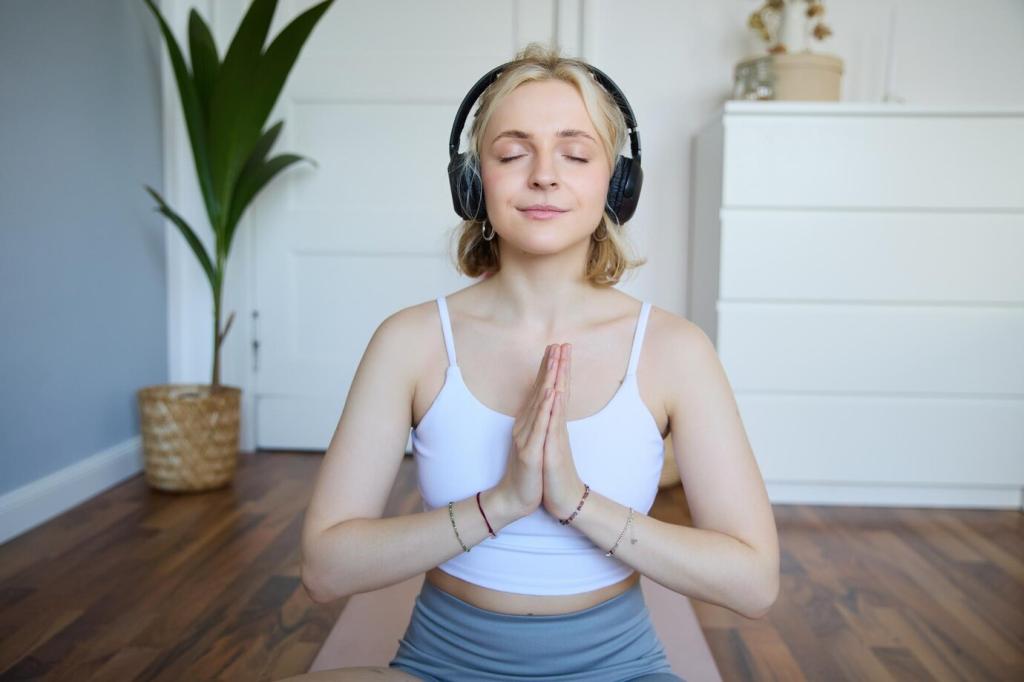Guided Imagery: A Starter's Guide
Chosen theme: Guided Imagery: A Starter’s Guide. Welcome—this is your gentle doorway into imagination as a practical tool for calm, clarity, and self-care. We will keep things simple, friendly, and grounded, so you can start today and return often. Subscribe for weekly prompts and share your first impressions below.
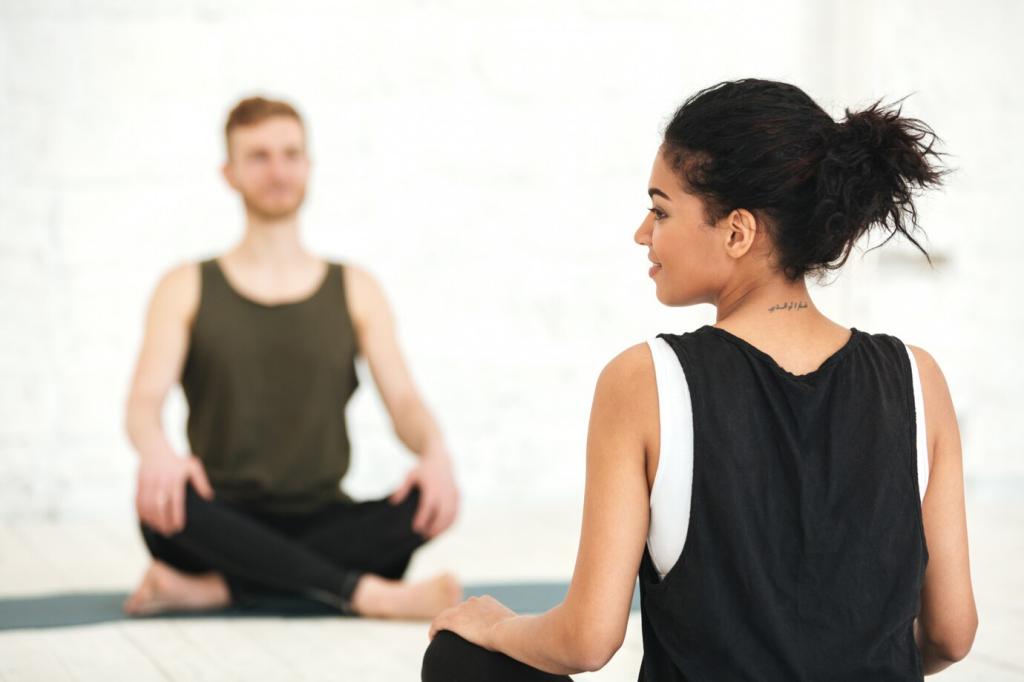

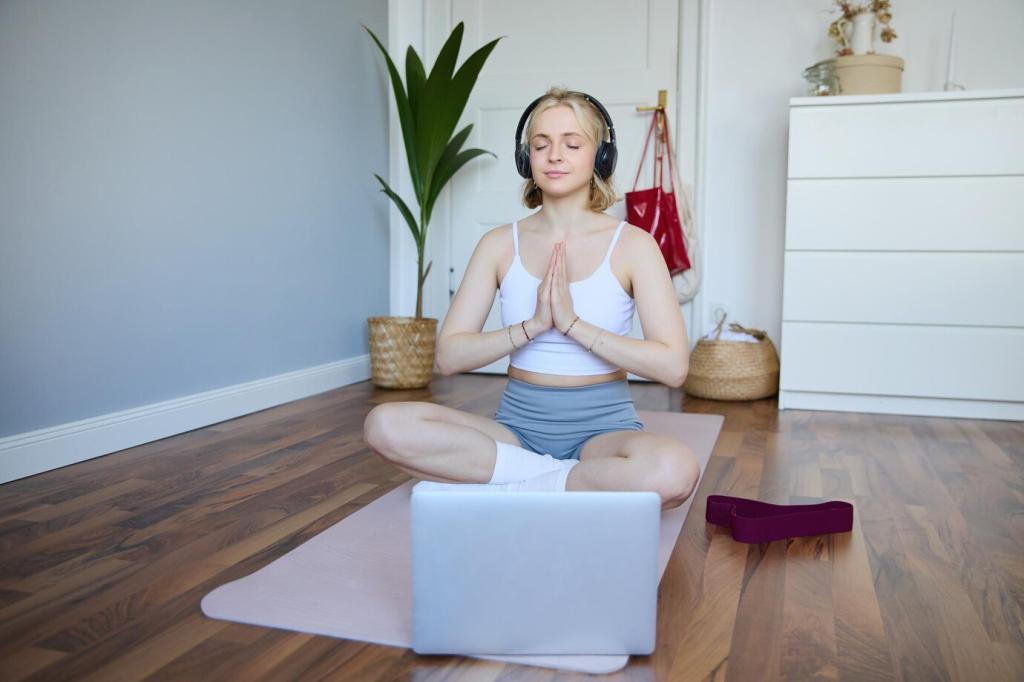
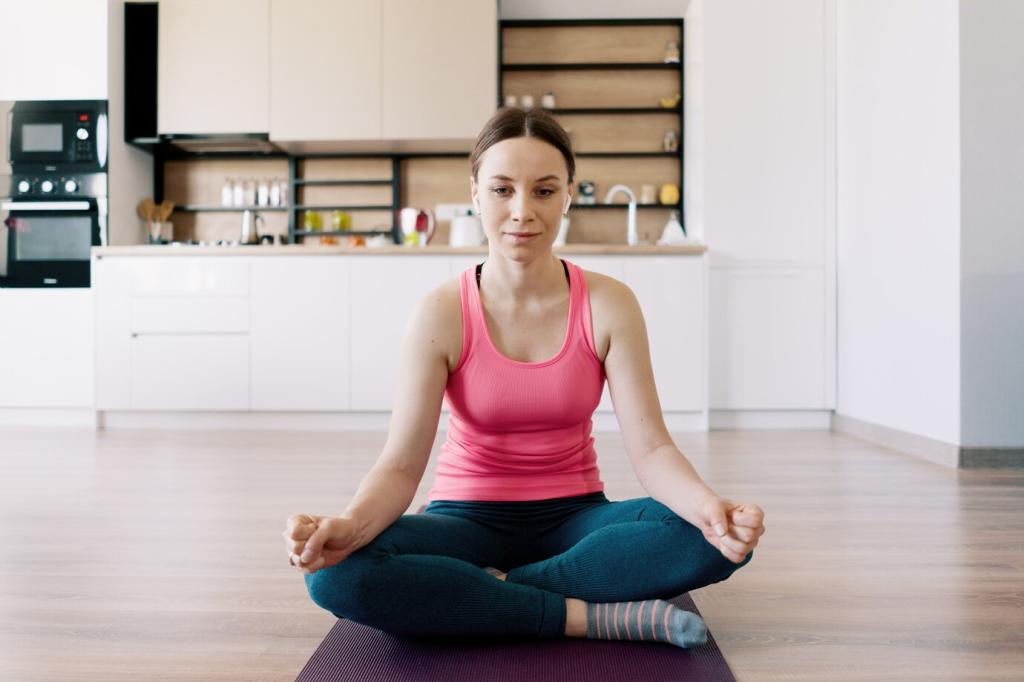
Designing Your Safe Place
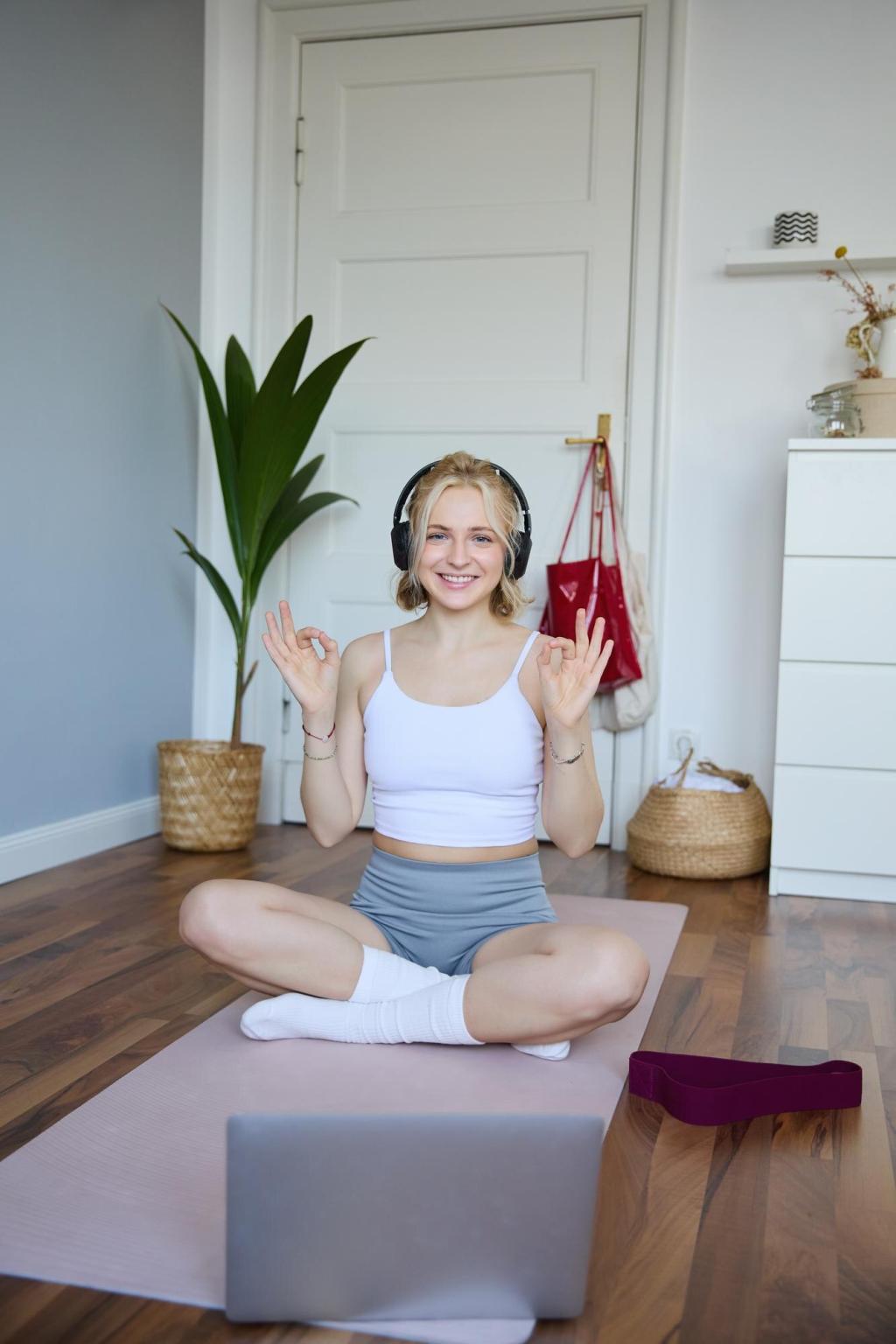
Choose one scene that already feels kind: a beach at sunrise, a sunny balcony, a cabin with rain on the roof. Name three colors, two sounds, and one scent. Touch something in the scene—a railing, cool water, a blanket. Sensory specifics turn airy ideas into steady anchors.
Stress Relief and Better Sleep
Take three slow breaths. Name two calming details in your chosen scene—like warm sunlight and gentle wind. Commit to one helpful action afterward, such as finishing a paragraph or making tea. This quick sequence breaks the stress cycle, gives your mind direction, and returns you to work clearer.
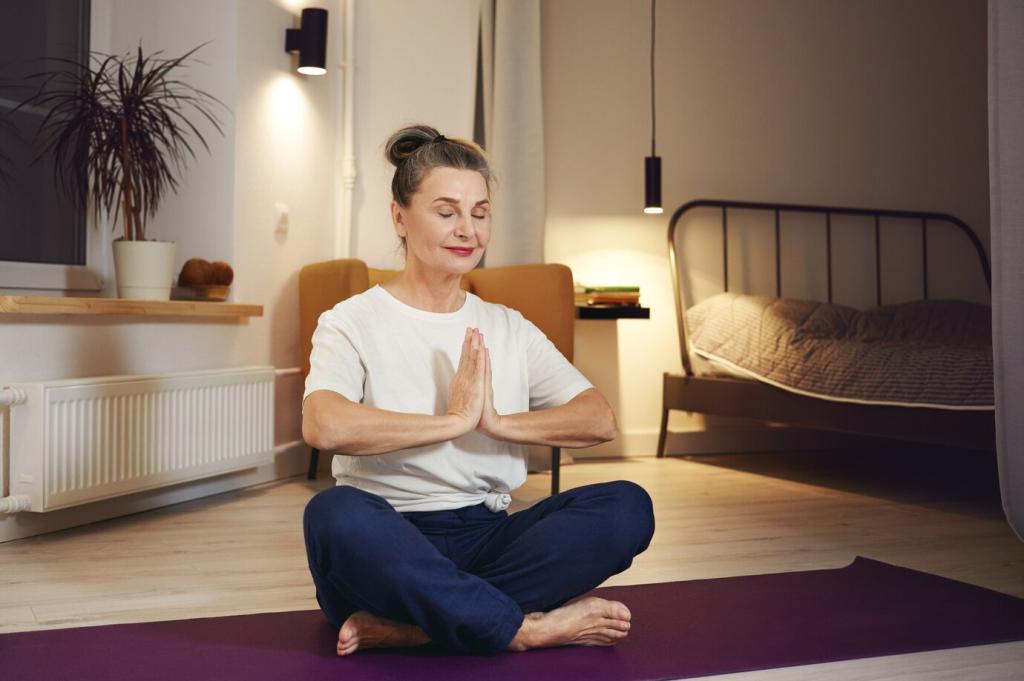
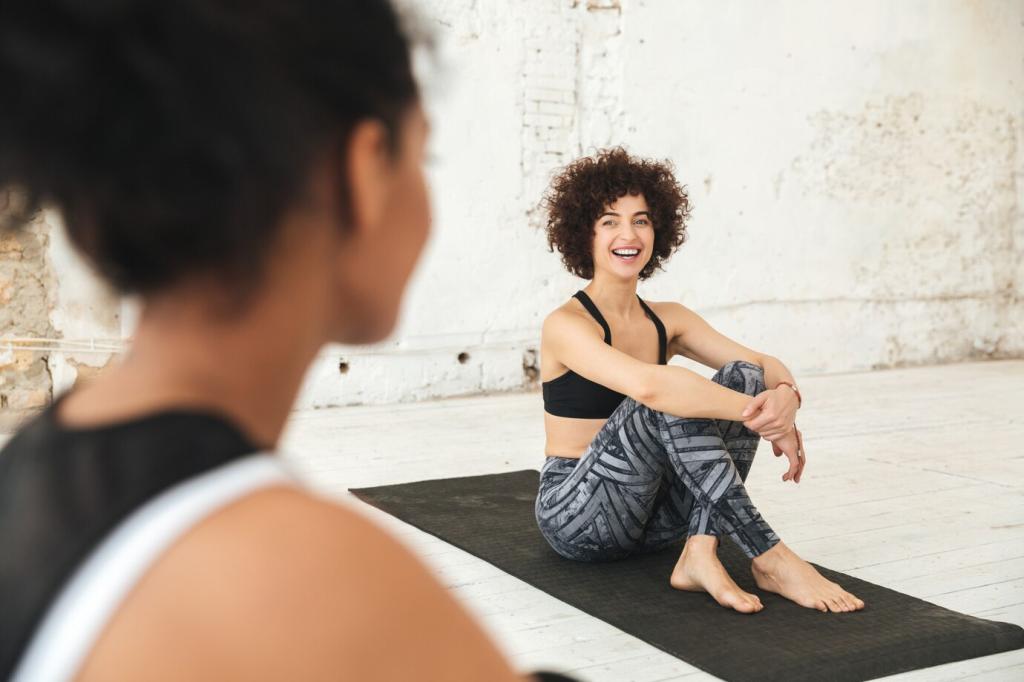
Stress Relief and Better Sleep
Imagine walking a moonlit path of soft sand. With each step, your feet sink slightly, weight releasing. The air is cool, the horizon wide, and waves hush like a lullaby. When thoughts intrude, watch them float out on the tide and return to the rhythmic shuffle of your steps.
Make It a Habit, See the Change
Attach imagery to something you always do: after brushing teeth, before emails, or during a lunch break. Keep it short—three to five minutes—to lower resistance. Put a reminder on your mug or monitor. Celebrate small wins, because consistent tiny sessions teach your nervous system trust and reliability.
Scripts, Voices, and Sound
Start with one intention: calm, clarity, or sleep. Add four sensory sentences describing your scene, then two breath cues, and one gentle cue word. Keep language simple and kind—no forcing or fixing. Read slowly, with pauses, as if speaking to a good friend who trusts you.
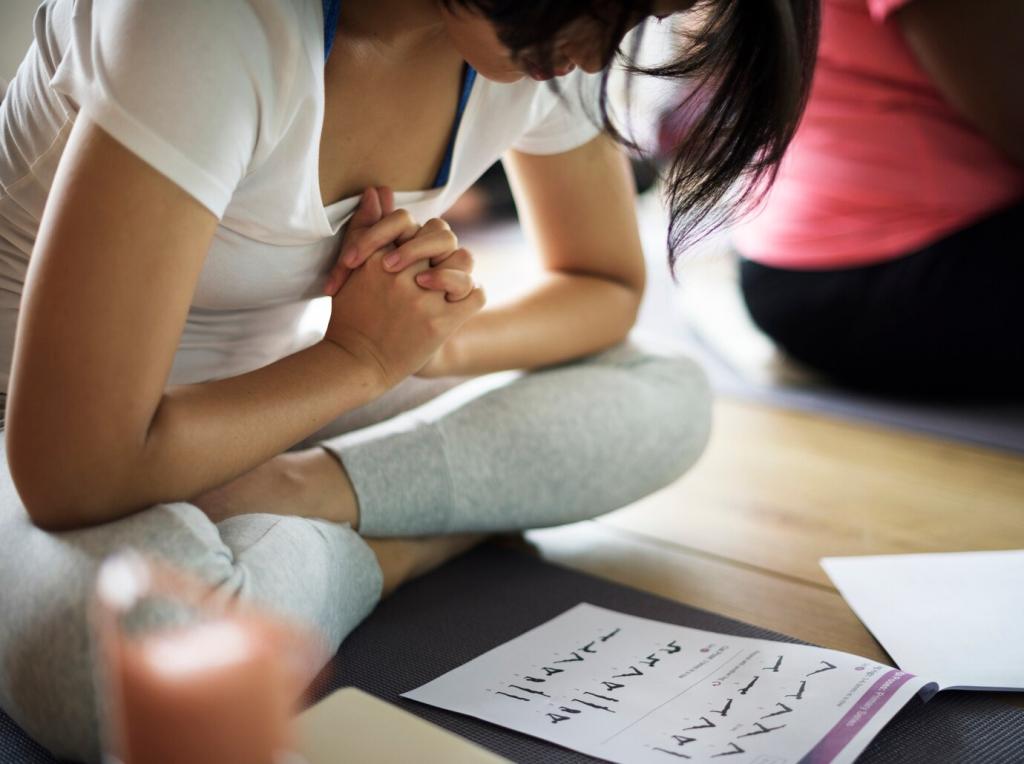
Scripts, Voices, and Sound
Choose a voice that feels steady, warm, and unhurried—yours or a guide’s. Aim for simple language and longer pauses than normal conversation, allowing images to bloom. If recordings distract you, try whisper-reading to yourself. Comfort beats polish; your nervous system listens for sincerity, not perfection.
When thoughts zigzag
If your mind wanders, reduce the scene to one repeating detail: fingertips tracing a smooth stone, or warm light on your cheek. Pair it with a simple breath count. Wandering is not failure; each return is a rep that builds attention, making future sessions easier and gentler.
If old memories arise
Pause and open your eyes. Feel your feet, name your surroundings, and breathe. Choose a neutral scene—a kitchen table, a garden path—or switch to grounding objects. If distress repeats, consider working with a trained professional. Safety first: guided imagery should feel supportive, never overwhelming or invasive.
Your turn: share, ask, subscribe
Post one line about your safe place and one question you still have. Your reflections help shape future guides. Subscribe for weekly micro-practices, reader stories, and gentle challenges that keep you returning to imagery—patiently, playfully, and with growing trust in your own inner landscape.
